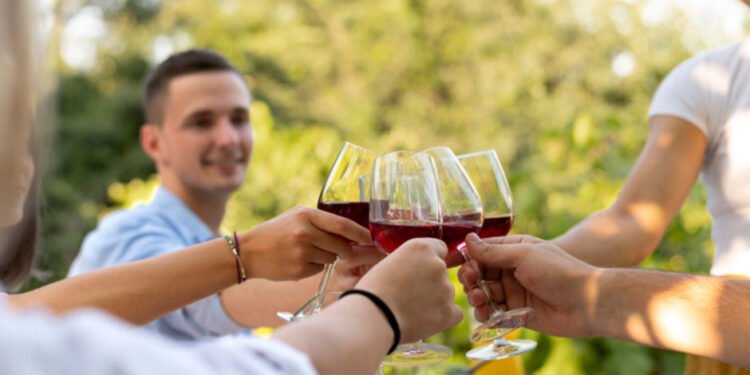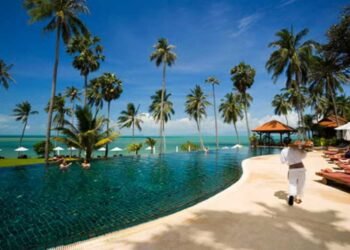San Francisco, known for its iconic Golden Gate Bridge, vibrant neighborhoods, and rich cultural heritage, is a city that offers visitors a perfect blend of urban charm and scenic beauty. From historic streets to bustling markets and picturesque waterfronts, the city provides an ideal starting point for exploring the diverse attractions of Northern California.
When planning a trip to California’s wine regions, it’s important to choose the area that best suits your preferences. Napa is famous for luxurious estates and bold Cabernet Sauvignons, while Sonoma offers a more relaxed, rustic experience with a variety of varietals.
Once your destination is set, arranging tastings and guided tours becomes easier. Many travelers opt for wine tasting in San Francisco, combining the convenience of transportation with curated experiences that allow them to enjoy the vineyards without worrying about logistics.
Choose Your Wine Region
The first step in planning a wine tour is selecting the right destination. Napa Valley draws wine lovers worldwide with its luxurious wineries, Michelin-starred restaurants, and rolling hills, while Sonoma offers a more relaxed charm with small vineyards, farm-to-table experiences, and rustic scenery. Both regions are easily reachable from San Francisco, typically taking one to two hours depending on traffic and chosen routes.
Research and Book Wineries
Once you’ve chosen a region, research wineries that match your taste, whether you prefer bold reds, crisp whites, or sparkling wines. Reservations have become increasingly common, so booking early ensures a spot at popular estates. Small-group or private tours often include multiple wineries and can be customized to your preferences, making the experience more personal. Many travelers opt for wine tasting from San Francisco, which combines convenience, guided expertise, and curated winery visits for a seamless and memorable journey.
Plan Transportation and Timing
Transportation is a crucial aspect of a smooth wine tour. Hiring a private car service offers comfort and luxury, while guided tours handle all logistics with professional drivers. For those self-driving, traffic, especially on weekends or during harvest season, can be challenging, so planning your route strategically allows you to fully relax and enjoy the tastings.
Timing your visit also makes a difference; spring and fall provide moderate weather and vibrant vineyard scenery, while winter offers quieter experiences. Seasonal highlights, such as mustard blossoms in Napa during February and March, can make your visit even more memorable.
Plan for the Full Experience
A wine tour is about more than just tasting. Allocate 45–60 minutes per tasting and leave time for a relaxing lunch or exploring nearby towns. Many tours include gourmet meals, allowing you to pair local cuisine with the best wines. Having alternative winery options in case your first choice is booked ensures a flexible and enjoyable itinerary, especially when exploring a popular hunter valley winery. Careful planning guarantees a leisurely, stress-free visit that captures the essence of California’s wine country.
Key Takeaways
- Begin by choosing between the luxury and the charm of Napa Valley and Sonoma.
- Get your desired experiences by booking early at the wineries.
- Select a high-quality transportation to ensure comfort and safety.
- The season should be the right time to visit because of the weather and the landscapes.
- Take your time on your schedule with space to eat, rest, and be.












